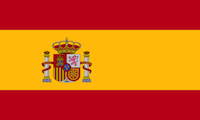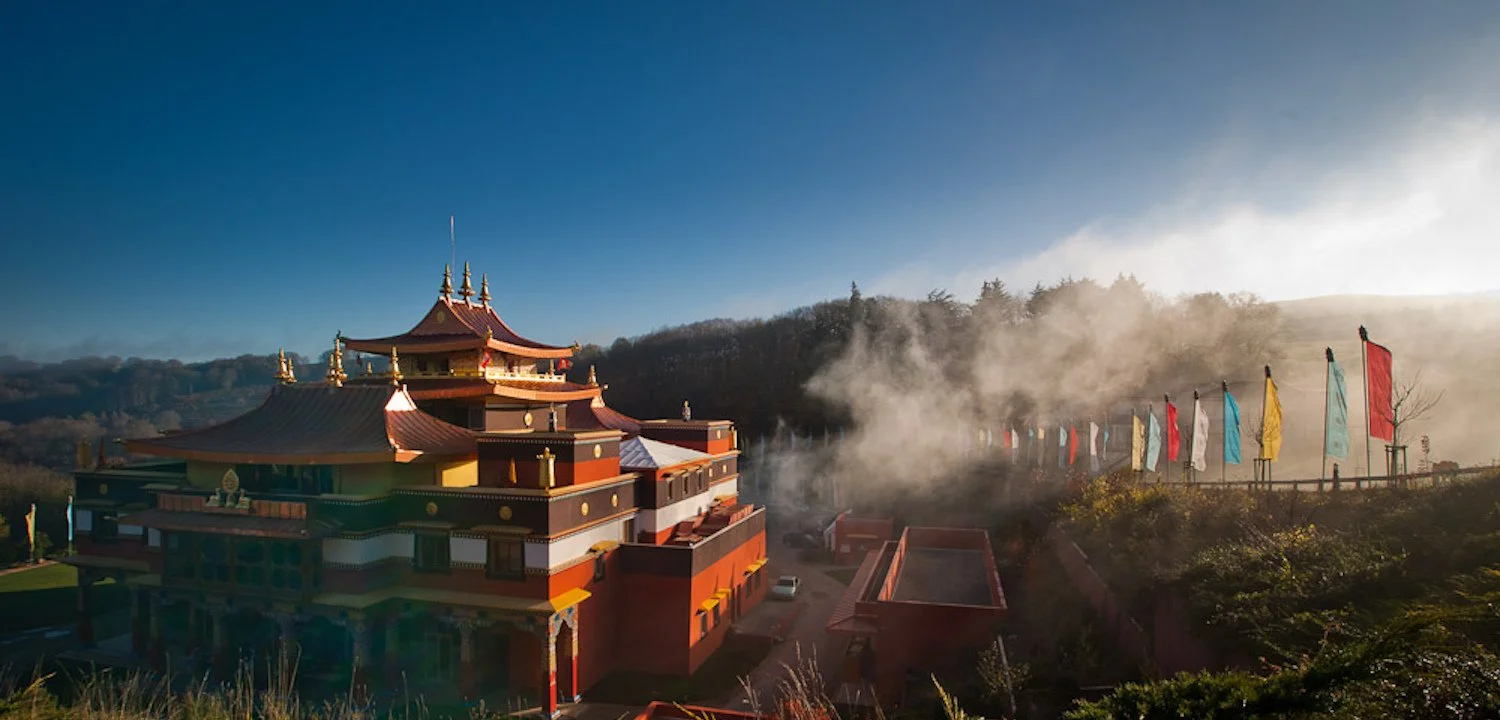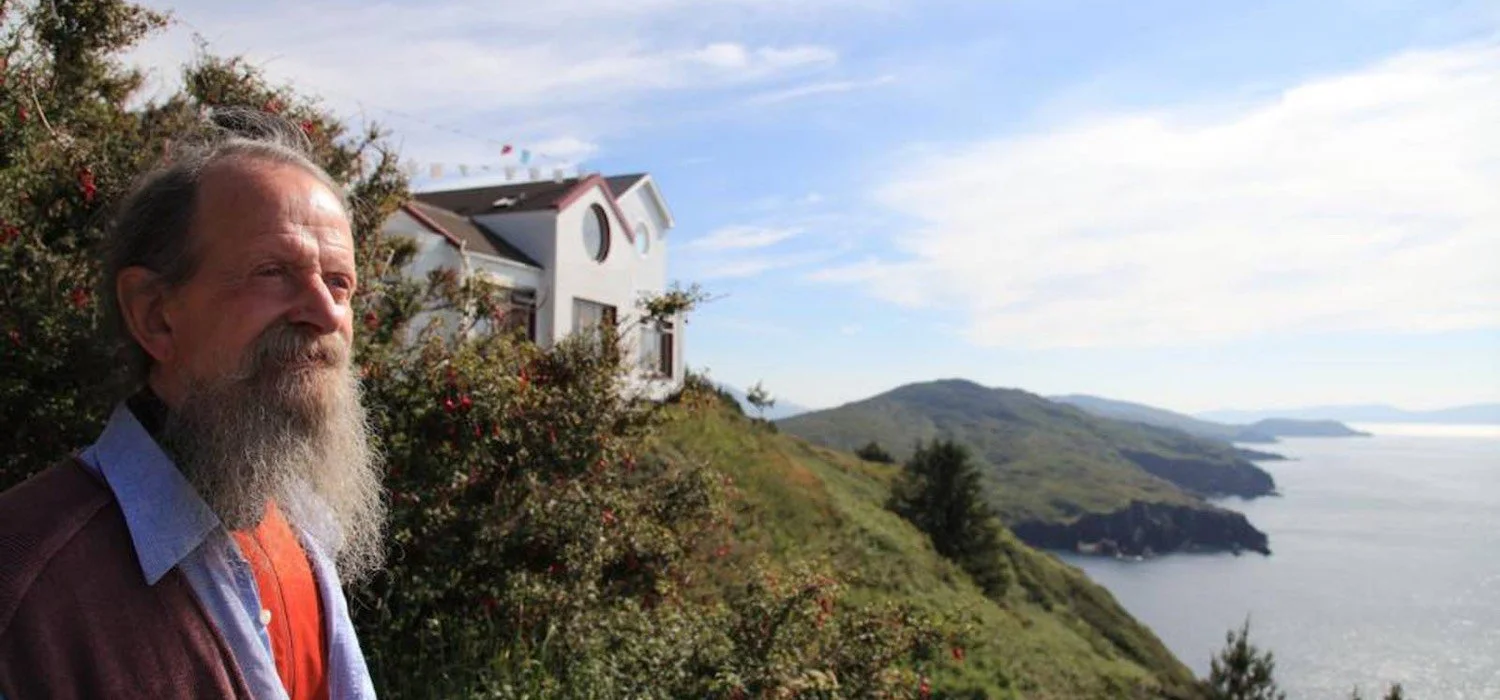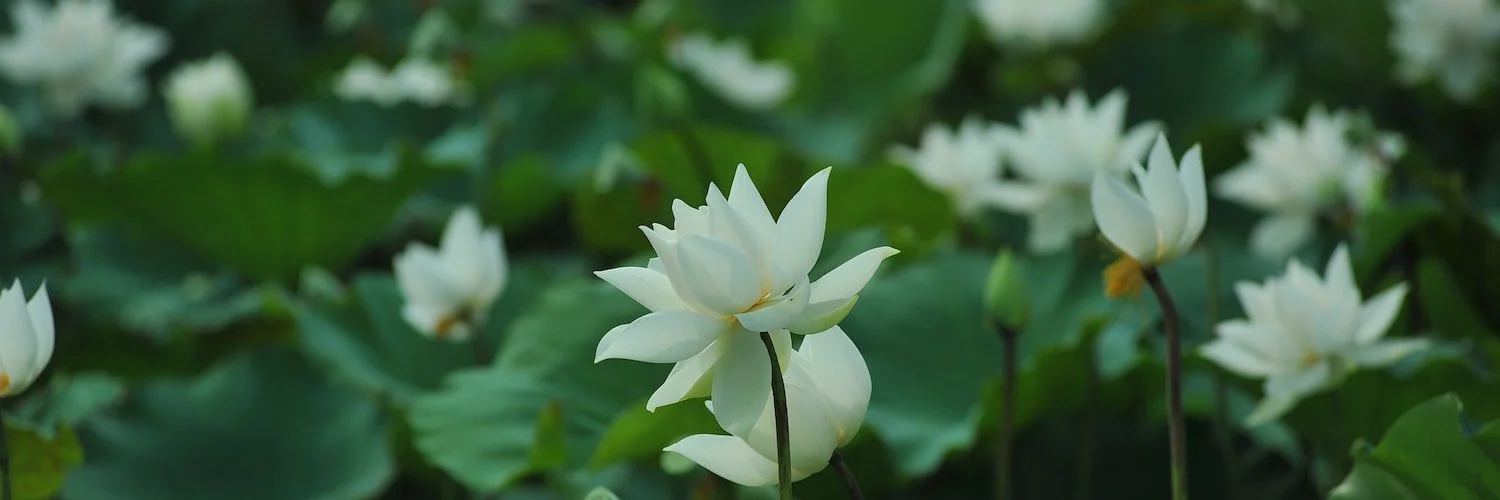Pilgrimage to Sikkim & Riwo Sangchö Practice Intensive at Drakkar Tashiding
Catherine
In November 2023 a group of 27 Rigpa pilgrims from various countries met in Sikkim, north-east India for a Riwo Sangchö practice intensive led by Rigpa Senior Teacher, Mauro De March. We were a diverse group including people on their first trip to the East as well as seasoned travellers. The youngest of us had finished his aeronautic engineering degree just a few days before the trip and was looking forward to exploring the Himalayas.
Sikkim is a beyul, a ‘hidden’ land, blessed by Padmasambhava where the sacred is inseparable from the landscape and continues to be treasured and safeguarded by the local population. Sogyal Rinpoche was closely connected with Sikkim. Not only was he raised here after escaping Tibet it was Rigdzin Gödem Ngödrup Gyaltsen—one of Sogyal Rinpoche’s previous incarnations—who found the ‘key’ to open this hidden land in the 1300’s.
Drakkar Tashiding is located in the west district of Sikkim. It is said to be the most venerated of all the sacred sites. You can read more about why it is considered to be so special on the Rigpa Wiki and on Nekhor. Rigdzin Gödem is said to have enacted several miracles there and blessed the White Rock Cave of Tashiding as a place for meditation.
Why a Riwo Sangchö intensive?
Riwo Sangchö (Mountain Smoke Offering) is a well known practice of sang offering. Guru Rinpoche concealed the terma containing Riwo Sangchö in one of the four sacred caves that surround Tashiding. This was revealed by Lhatsün Namkha Jikmé (1597-1653) as part of the Rigzin Sokdrup cycle. It’s said “The practice appeased the local spirits, removing all obstacles blocking the flourishing of the Dharma. In particular, it established a strong link to the teachings of the Great Perfection, ensuring that Sikkim would become a refuge particularly for the Dzogchen teachings and practitioners.” Dudjom Rinpoche composed an abbreviated version which is one of the core daily practices of the Rigpa sangha.
The sacred site of Tashiding
The Tashiding complex is on top of a steep hill protected by mountains and rivers. Next to the monastery buildings is an area containing numerous chortens (stupas) in many sizes surrounded by magnificent ancient trees, wild marigolds and rocks with sacred markings. These chortens were erected over a period of hundreds of years for different spiritual purposes and include the luminous Thongwa Rangdrol (liberation upon seeing).
The most sacred chorten of Sikkim, the Thongwa Rangdrol, is situated [in Tashiding], and it is said that a mere glimpse of this chorten is enough to cleanse all sins and misdeeds.
Jamyang Khyentse Chökyi Lodrö’s dungshyuk was held here. Later, a large golden stupa containing his relics was built by devoted students, led by Dilgo Khyentse Rinpoche and including Khandro Tsering Chödron and the young Sogyal Rinpoche. Sixty years later Sogyal Rinpoche’s dungshyuk was was also carried out at Tashiding with thousands of people from around the world watching the live broadcast and attending in person. In 2022 Rinpoche’s mother Mayum Pema Tsering Wangmo was cremated there, and most recently in early 2023 a stupa containing Sogyal Rinpoche’s relics was constructed. This small stupa sits just behind and to the side of that of Jamyang Khyentse Chökyi Lodrö almost like father and son, greeting pilgrims as they enter the stupa complex.
Practising in heaven
The beauty of our pilgrimage was that we spent the majority of our time at Tashiding engaging in a daily routine of practice and activity. Once we had reached the monastery area we settled in for 7 days. As we arrived one of our group remarked - “I don’t ever want to leave!” No roads, no cars, no shops, the snowy capped Himalayan range, blue sky and golden sunshine - heaven!
Thanks to the goodwill and respect towards Sogyal Rinpoche, Rigpa and Mauro De March, we were well supported and so able to go deeply into the practice and be immersed in the blessings of the environment without distractions. Khenpo Gyalwa Ngadag Denzin, the spiritual leader of Tashiding monastery, kindly allowed us to practise each day in the Guru Lhakhang and use the sang burners.
We started each day with sunrise meditation practice in the forest near the charnel ground. After breakfast we would gather in the Guru Lhakhang to practise and send thick clouds of aromatic smoke billowing from the stone sang burner.
The news about the suffering of war and natural disasters was churning in the media and it was a relief to settle into a daily practice routine. In the afternoons, we practised Tendrel Nyesel tsok with Narak Kong Shak, directing our practice to quell negativity and conflict and create the conditions for peace, as well as including the many prayers requested through Rigpa’s online prayer request service. We also took the opportunity to beautify the stupa complex and pay homage at the stupa erected for Domang Yangthang Rinpoche. Everyone participated, forming a close bond in our group of pilgrims. Any language and cultural differences dissolved.
Some of the many highlights of our time in Tashiding were Khenpo giving a dynamic 3-hour teaching on the history of Sikkim, the Rigzin Sokdrup and Riwo Sangchö; a live streamed practice to the Rigpa sangha as part of the ‘Bringing Riwo Sangchö Alive’ series; and a guided tour by Phurba Bhutia, the Secretary of Tashiding Association and a local community leader.
We left Drakkar Tashiding with big smiles and full hearts. It was a wonderful opportunity to come together as a practice group, strengthening our connections and uniting in practice for the benefit of beings. We unanimously expressed a wish to do it again in 2024!
____________
In Part Two, we’ll share more about the next stage of the pilgrimage following in the footsteps of Padmansambhava.
The next pilgrimage will be to the eight holy sites of Buddha Shakyamuni (in India) and will be from 9-23 March. For more information email Mauro or Manish.
Further reading:
For a description of just how profound it is to practise in such a sacred place please visit the Nekhor webpage.
If you are interested in learning more about sang offering there is a collection on Lotsawa House and an inspiring video collection on Prajna.
Notes:
*Sang is a practice of offering fragrant incense smoke. The most popular version of the practice is Riwo Sangchö, the 'Mountaintop Smoke Offering'.































